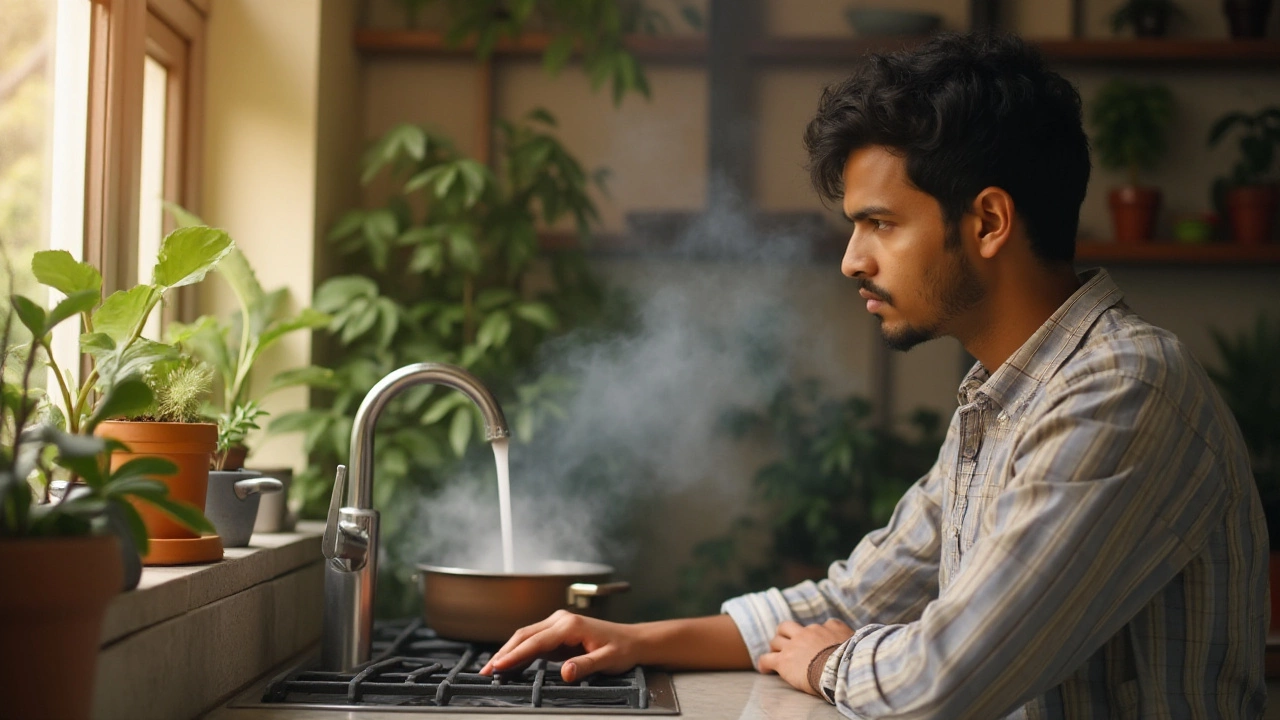Find out what to do when your hot water stops flowing. Simple troubleshooting can help solve the problem. Knowing where to start is crucial. This guide explores various aspects of hot water issues, offering practical tips and guidance to address and fix issues efficiently.
Troubleshooting Hot Water: Simple Steps to Get the Heat Back
If you’re standing under a cold shower and wondering why your water isn’t heating, you’re not alone. Most hot‑water problems have a clear cause and can be fixed without tearing the house apart. Below we break down the usual suspects and give you a quick, practical checklist you can follow right now.
Common Causes of No Hot Water
First, know what we’re dealing with. Most homes use either a tank‑style heater, a tankless unit, or a boiler. The three biggest reasons they stop heating are:
- Power or fuel issues. A tripped breaker, blown fuse, or empty gas tank will shut the heater down instantly.
- Thermostat or sensor failure. If the temperature sensor reads wrong, the unit may think the water is already hot.
- Element or burner problems. In electric heaters, a broken heating element stops the heat. In gas units, a clogged burner or igniter won’t light.
Other culprits include sediment buildup in the tank, a cracked dip tube, or a faulty pressure‑relief valve. Knowing which part is likely at fault saves you time and money.
Step‑by‑Step Fix Guide
1. Check the power source. Open your breaker box and look for any tripped switches. Flip them back on. If you have a gas heater, make sure the gas valve is open and the pilot light is lit. A quick reset button on many models can also restore operation.
2. Inspect the thermostat. Most heaters have a dial or digital setting. Make sure it’s set to a temperature you normally use (around 120°F/49°C). If the dial feels loose or the display is blank, the thermostat may need replacement.
3. Test the heating element or burner. For electric units, turn off the power, remove the access panel, and use a multimeter to check continuity. No reading means the element is dead. For gas units, look for a clean burner and a buzzing igniter. If the burner won’t spark, cleaning or a new ignitor is the fix.
4. Flush the tank. Sediment builds up over time and acts like insulation, preventing heat transfer. Connect a garden hose to the drain valve, let the water run until it’s clear, then refill. This simple maintenance can restore efficiency and stop premature failure.
5. Look for leaks. A leaking dip tube or pressure‑relief valve can drop water pressure and cause temperature drops. Tighten loose fittings, replace cracked hoses, or swap out a faulty valve.
If you’ve run through these steps and still have cold water, it’s time to call a professional. A licensed technician can check the gas line, verify internal controls, and safely handle any gas‑related repairs.
Remember, regular maintenance—like a yearly flush and a quick visual inspection—keeps most hot‑water problems at bay. Set a reminder in your calendar; a few minutes now saves an hour of cold showers later.
Got a specific issue that isn’t covered here? Our team at Mumbai Laptop Repair Service Hub also handles appliance repairs, so feel free to reach out. We’ll help you get back to warm water without the guesswork.
